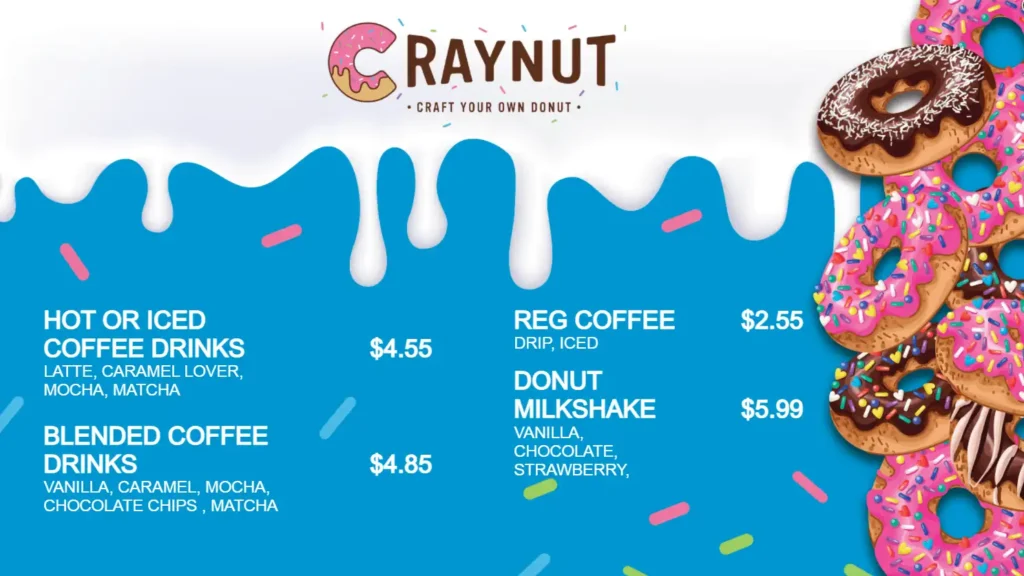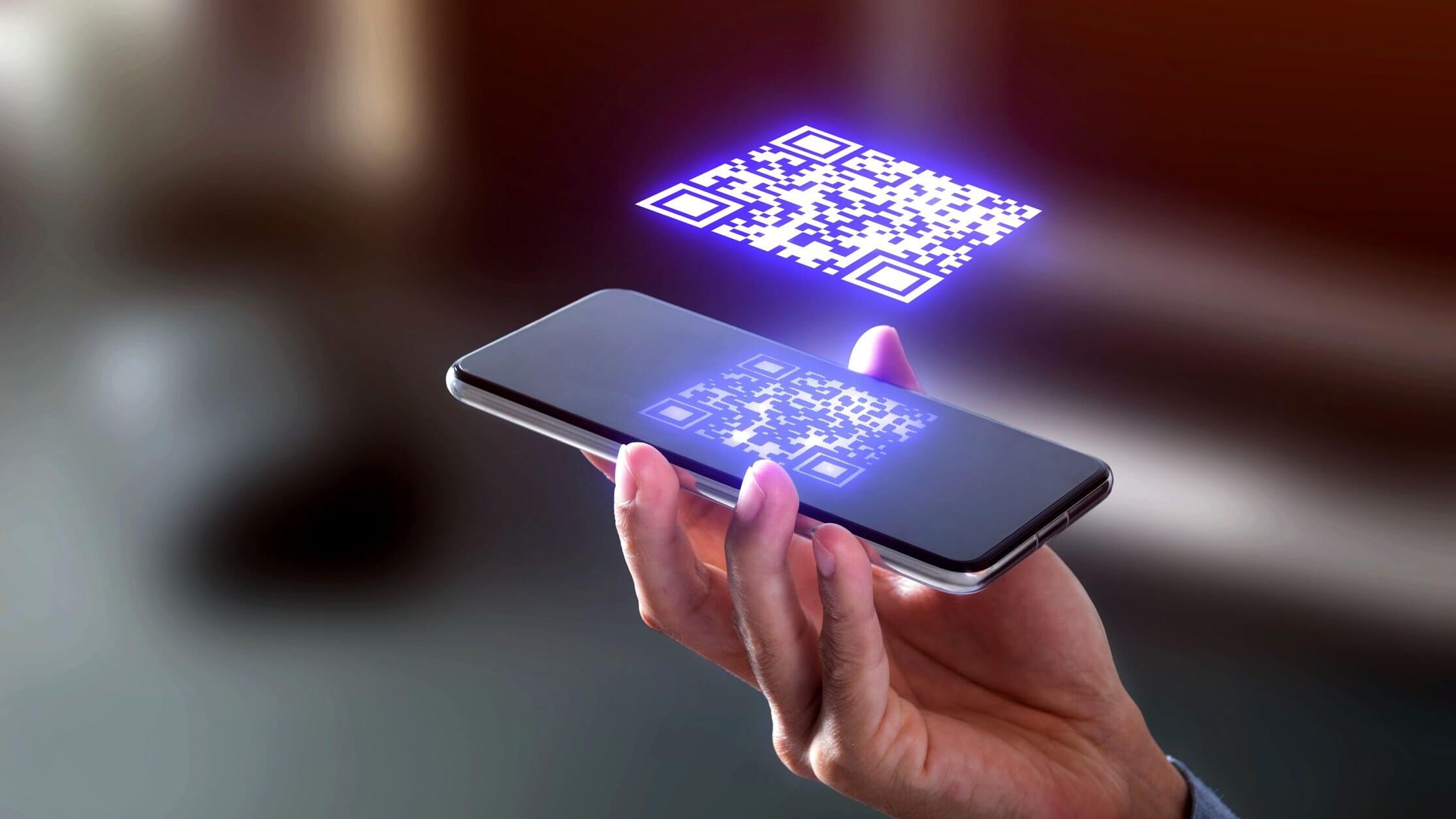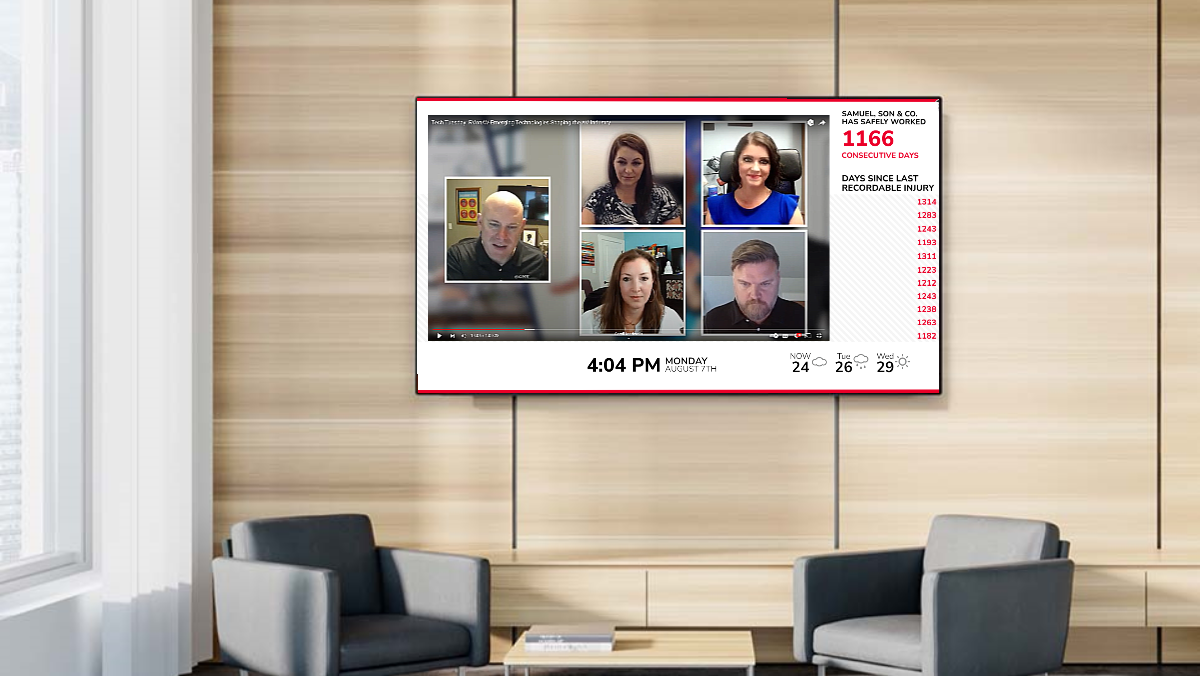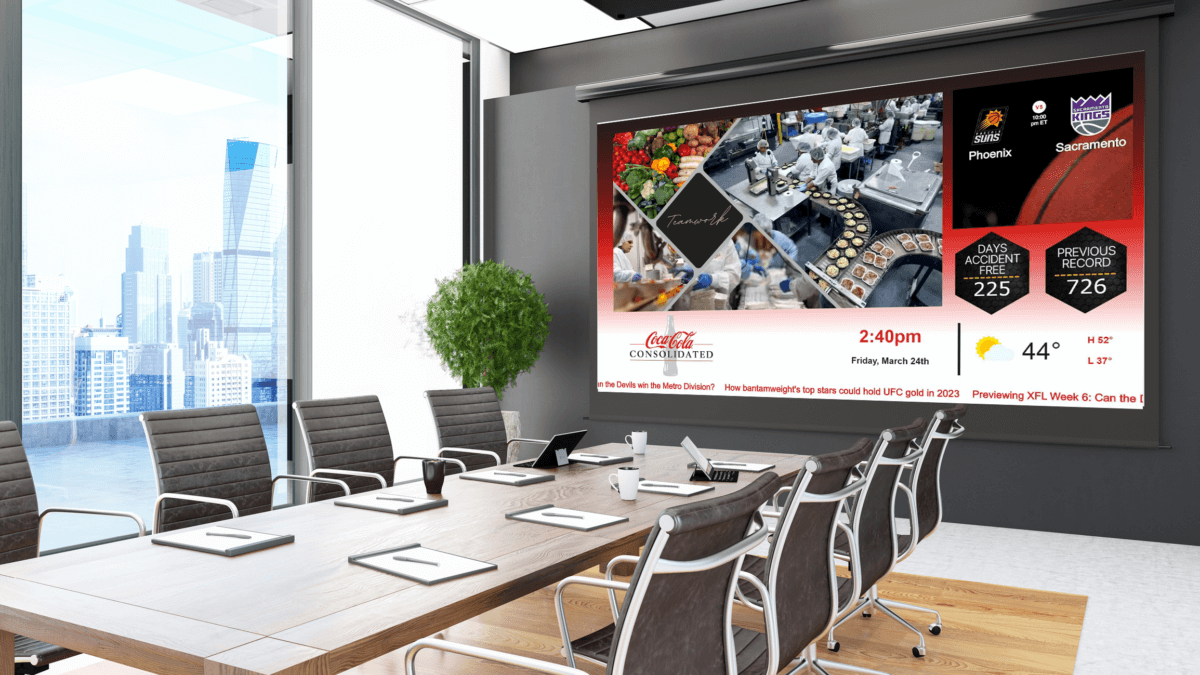QR Codes in Action

QR codes are an increasingly popular way to add utility to your signage. By displaying a QR code, you can turn any display into an interactive touchpoint without implementing devices such as touchscreens or kiosks. Effective use can boost engagement and instill a deeper connection to your brand. However, QR implementation is not as simple as just throwing a code onscreen. It is important for audiences to immediately understand the benefit they will receive once they scan your code. Therefore, successfully using QR codes requires strategic planning and clear instructions.
Let’s take a look at a REACH example. You can see the QR code is placed at the top of the layout. This still gives it a prominent position within the design without getting in the way of other assets. Additionally, the actual content of the QR code is relevant to the rest of the design. This REACH design displays general content ideas on how to use digital signage. Scanning the QR code will bring you to the resources page of the REACH website (go on, try it!). This is a good example of effective QR code implementation. Now let’s take a look at some other ways to use QR codes in your digital communication strategy.
Adding Interactivity
One of the most obvious benefits is introducing a degree of interactivity to your signage. Even without a touchscreen, QR codes provide a chance to engage your audience outside of just reading a sign. These can grant exclusive deals & discounts, redirect them to a website, unveil a clue about some marketing mystery, or even initiate small virtual games. Essentially, the limits of a QR code’s utility are only determined by your imagination!
Increasing Value
QR codes can also go a long way towards increasing your company’s value proposition. Including content exclusive to that QR code can create a strong incentive for customers to keep coming back as well. However, to achieve this level of loyalty, it’s important to make sure the content you tie to these codes is something your customers actually want.

For example, a restaurant can employ QR strategies in a variety of ways. QR codes can push promotional items, reveal a hidden menu, add points to a rewards program, or simply serve as another way for customers to place an order. This comes with a lot of positives, such as repeat customers, increased short/long-term revenue, and lower wait times. It also allows the restaurant to work more efficiently and focus on the customers at hand.
The utility of QR codes is extremely flexible and can be applied to other industries as well. Retail locations can promote limited-time deals while a hospital may use them to help visitors with wayfinding. QR codes can even assist internal communication by prompting things like feedback surveys. The key to making relevant content tied to QR codes is ensuring that content still aligns with your digital communication strategy.
Greater Brand Awareness

Earlier we discussed the placement of QR codes within your layouts. While QR codes can be a great addition to any design, they are rarely the focal point in your layout. Unless your strategy specifically relies on viewers interacting with QR codes, it’s best to think of them as an extension of your messaging rather than the message itself. Let’s look at the earlier example again.
As stated previously, the QR code is placed so that it does not obstruct any other content on the layout. It also doesn’t appear out of place or awkward within the design itself. Considering most people tend to read signage from top left to bottom right, the placement also ensures it will not be missed! While chances are your digital QR code will be in the same location as your signage, it is also important to consider the placement of the code itself when it is ready for display!
Tracking & Analytics
QR codes can also give detailed information that can assist future communication efforts. Whether redirecting to a signup page or just seeing which parts of your website or most popular, QR codes are easy ways to gather information. Bounce rates, feedback, emails, purchasing habits, conversion rates and more can all be tracked through QR codes. This is a simple yet effective way to evaluate which strategies are most effective and which parts need to be tweaked.



